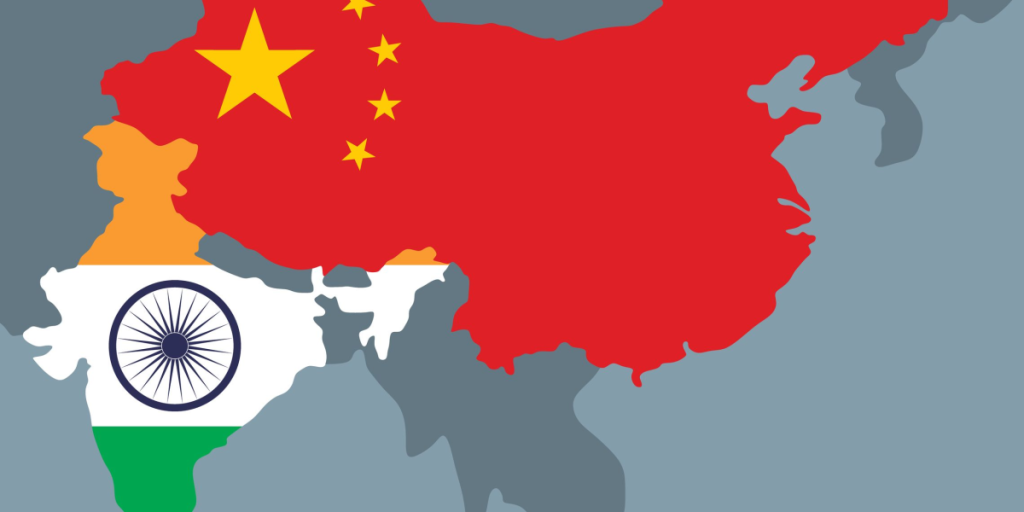Beijing says, it won’t divert water.
Others are reading now
Beijing says, it won’t divert water.
What is happening?
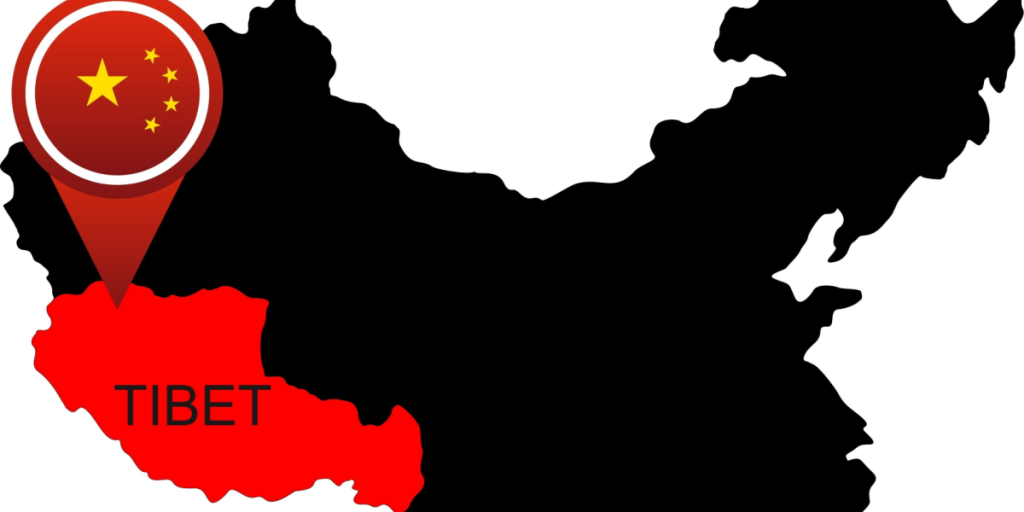
India fears a massive Chinese hydropower dam under construction in Tibet could slash dry-season water flows on the Brahmaputra River by up to 85%.
The concern, based on a government analysis seen by Reuters and confirmed by multiple sources, has prompted Delhi to accelerate plans for its own mega-dam project to counter potential disruptions.
Sustains millions
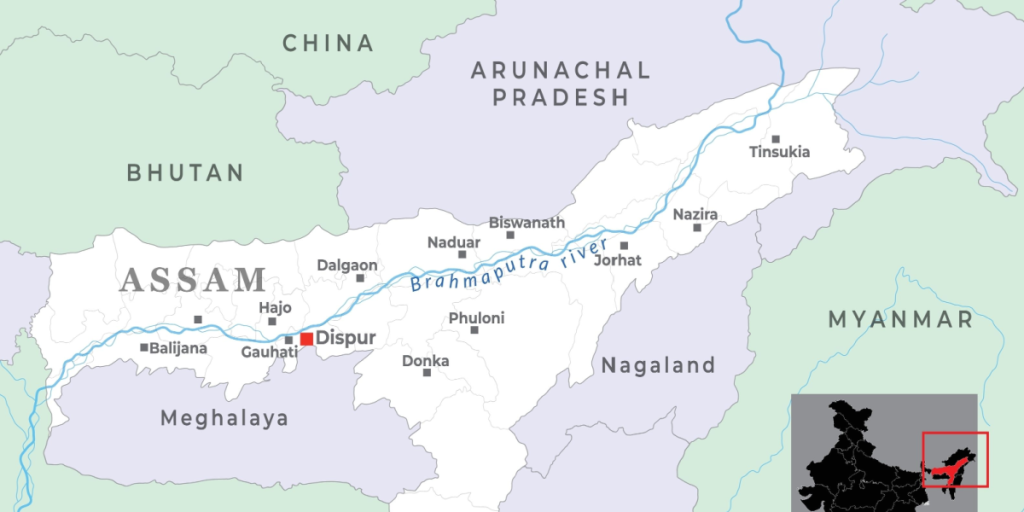
The Brahmaputra River, originating from the Angsi Glacier in Tibet, flows through China, India, and Bangladesh, supporting over 100 million people.
India has long eyed water control projects in its northeastern state of Arunachal Pradesh.
Also read
But local resistance—fueled by fears of displacement—has stalled progress for decades.
China’s dam triggers fresh tensions
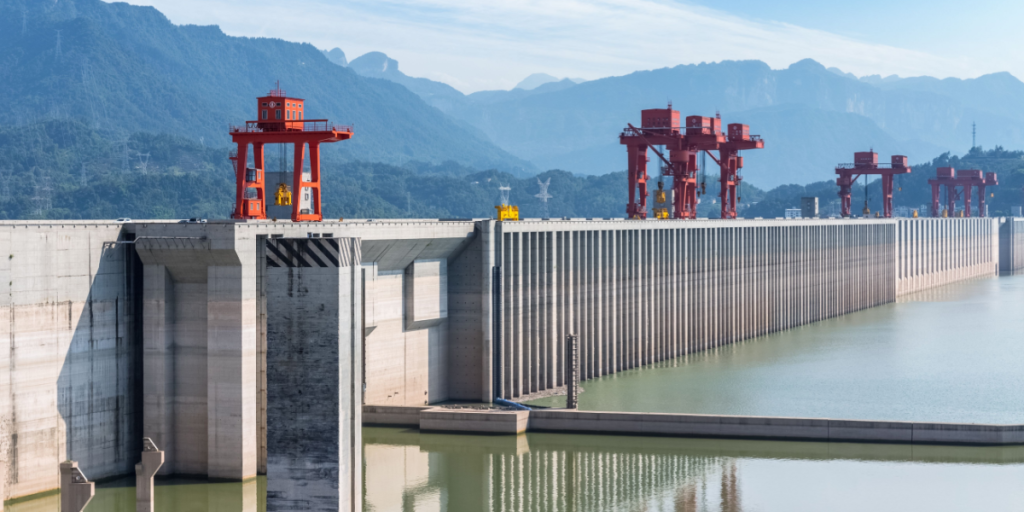
In December, Beijing announced plans to construct the world’s largest hydropower dam just before the river enters India.
With ongoing territorial disputes in Arunachal Pradesh, Delhi fears China could weaponize water flows—turning a natural resource into a strategic pressure point.
India fast-tracks upper Siang dam project
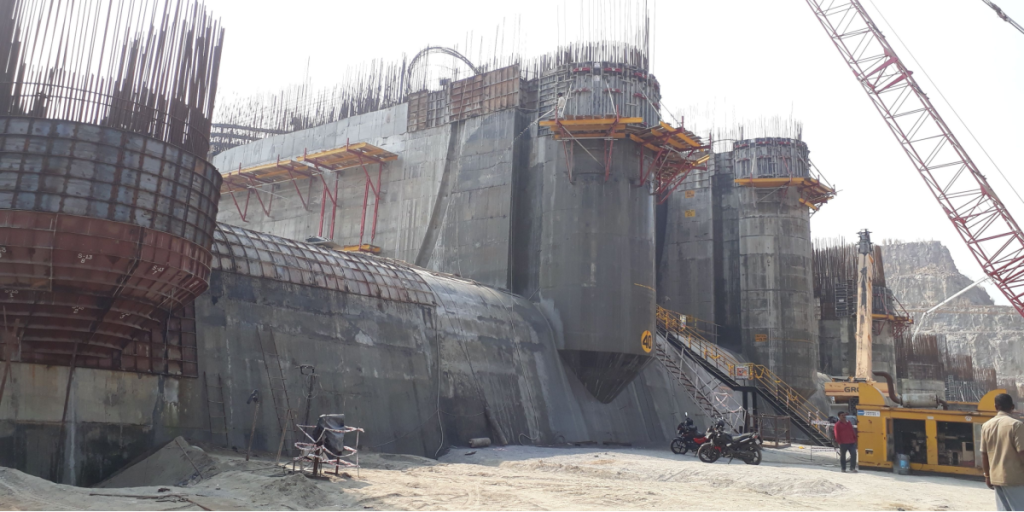
In May, India’s top hydropower company, NHPC, moved survey equipment—guarded by armed police—into a proposed site for the Upper Siang Multipurpose Storage Dam.
If completed, it would be India’s biggest dam.
Also read
India warns of water loss without action
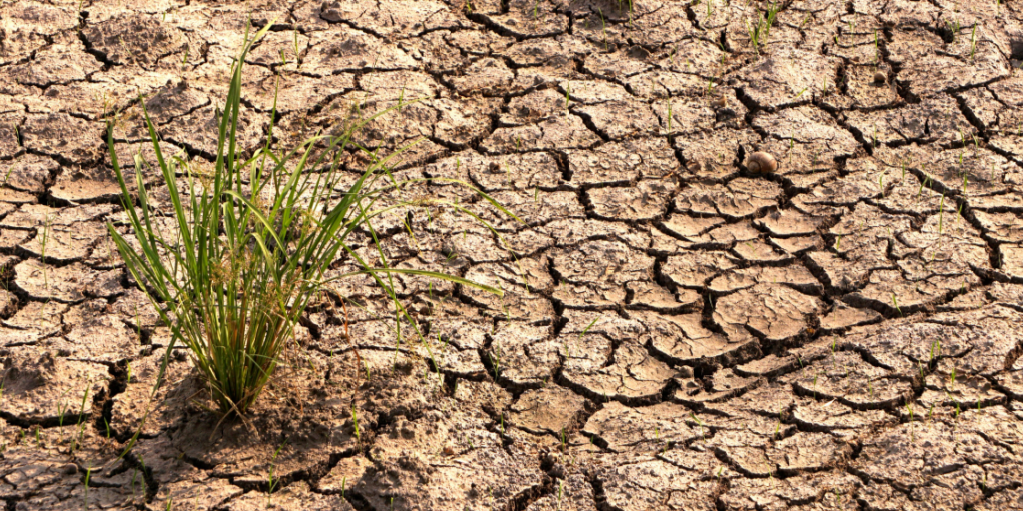
According to the Indian analysis, China’s dam could divert up to 40 billion cubic meters of water—about a third of what currently flows into India at a key point.
During dry seasons, this could drastically affect cities like Guwahati. The Indian dam could cut that loss in half if built in time.
Safety buffer against floods and surges
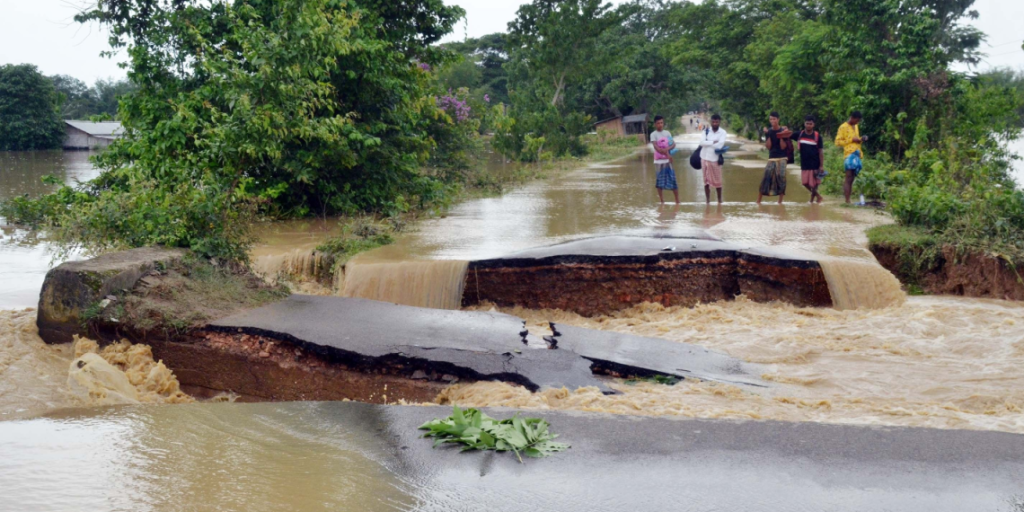
India’s proposed dam could also serve as a buffer in case China releases excess water, either intentionally or due to accidents.
Officials are considering keeping 30% of the dam’s capacity free to absorb unexpected surges—especially critical given the seismic volatility of the region.
Beijing insists it will do no harm

China’s foreign ministry claims the project is environmentally safe and won’t harm downstream nations.
Also read
It maintains that hydropower development has been carried out responsibly, with consistent communication with India and Bangladesh.
Local resistance turns volatile in Arunachal Pradesh
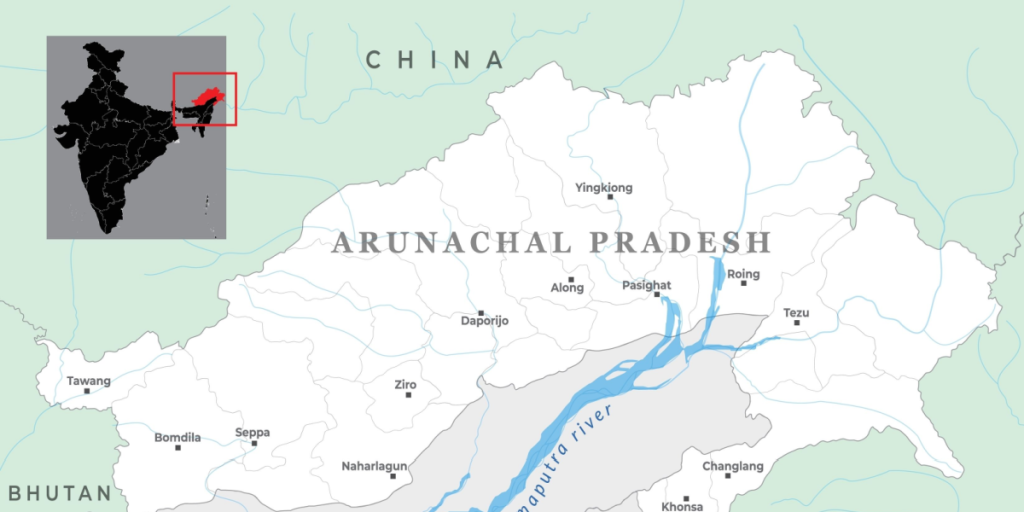
When NHPC survey teams arrived near the village of Parong in May, local Adi community members destroyed equipment, a nearby bridge, and police tents.
Fearful of losing their homes and farmland, residents have set up watch posts to block further access.
The project threatens to displace at least 10,000 people across 16 villages.
Compensation talks

Despite fierce resistance, there are signs of movement. Three villages have agreed to let NHPC resume work.
Also read
Local leaders suggest people might relocate if offered generous compensation. NHPC plans to spend over $3 million on education and emergency infrastructure to win over the community.
Race against time—and nature

Even if India gets the green light, its dam could take a decade to complete—potentially lagging behind China’s, which aims to be operational by the mid-2030s.
Experts warn both dams lie in highly seismic zones prone to extreme weather, raising serious questions about long-term safety for millions downstream.

